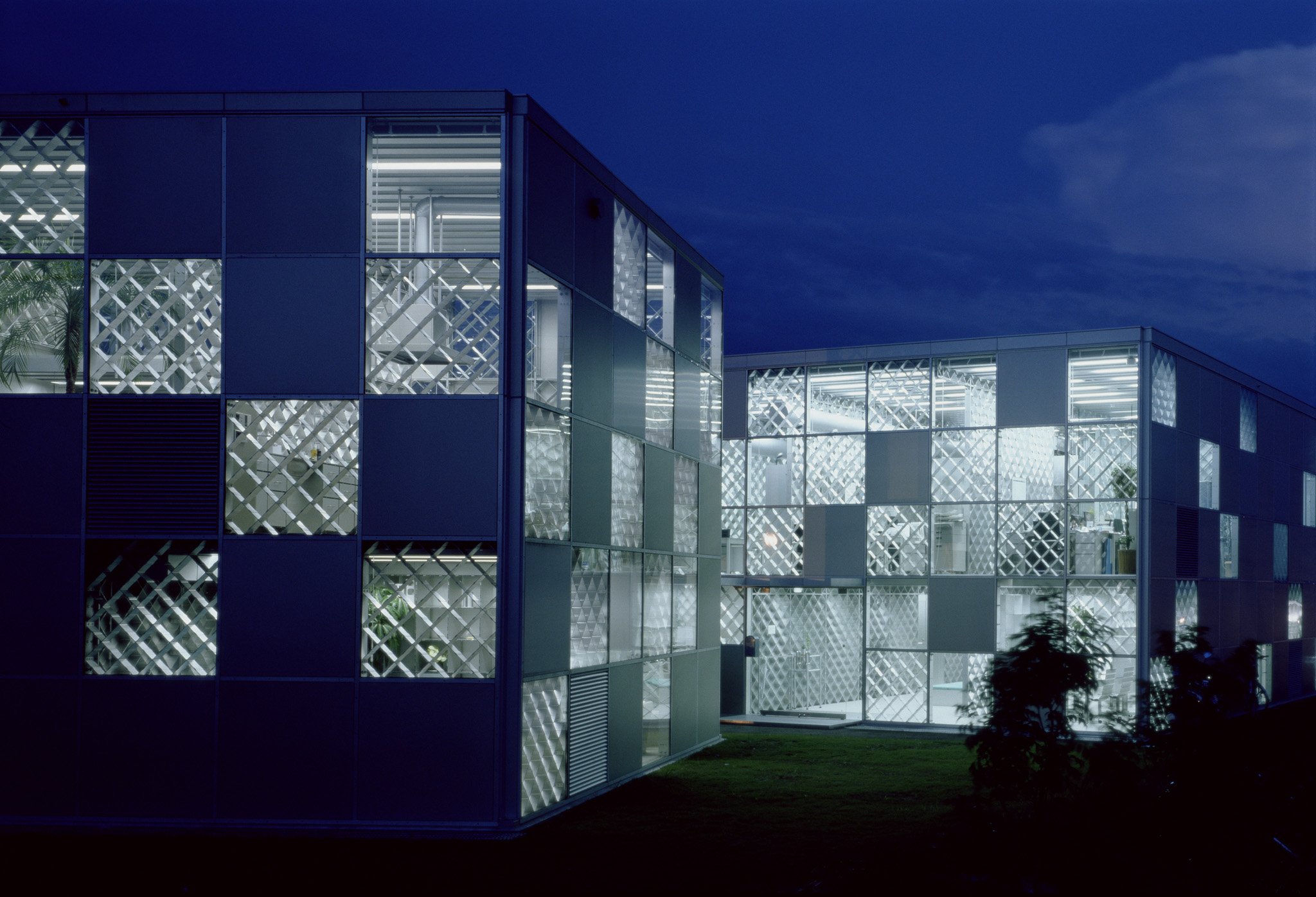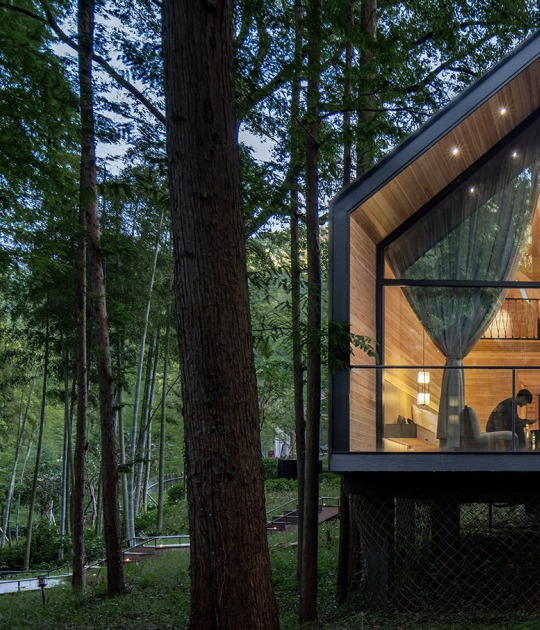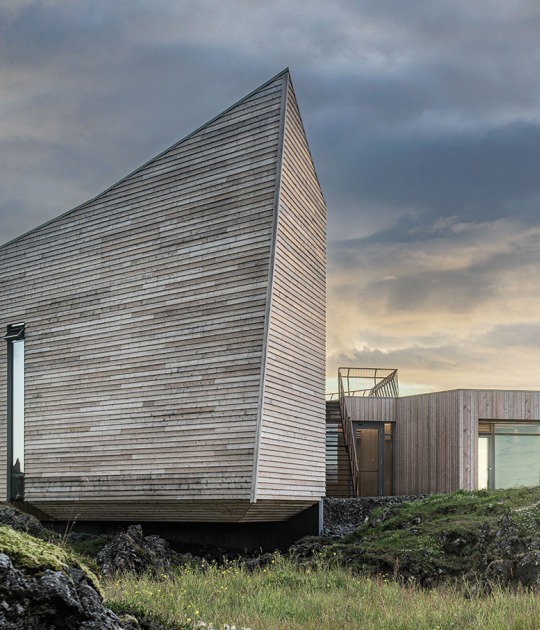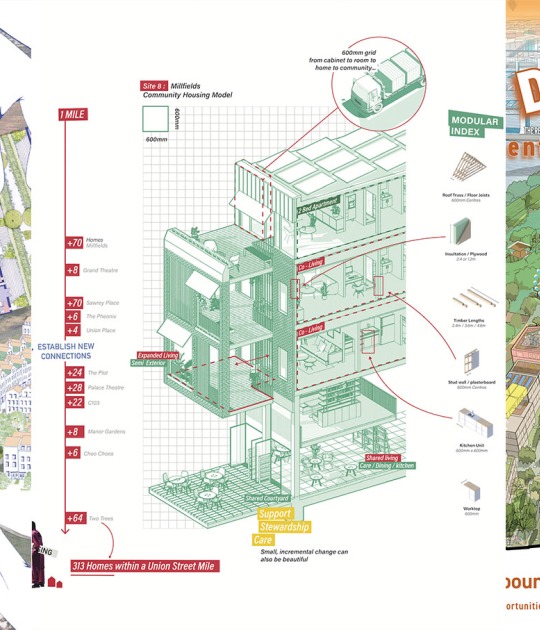The 2024 Pritzker Architecture Prize Laureate.
Riken Yamamoto is the newly awarded Pritzker winner!
“For me, to recognize space is to recognize an entire community. The current architectural approach emphasizes privacy, negating the necessity of societal relationships. However, we can still honor the freedom of each individual while living together in architectural space as a republic, fostering harmony across cultures and phases of life.”
Riken Yamamoto
Riken Yamamoto is the 53rd winner of the Pritzker Architecture Prize and the ninth from Japan. He was born in Beijing, People's Republic of China and resides in Yokohama, Japan.
The 2024 Jury Citation states, in part, that he was selected:
“for creating awareness in the community in what is the responsibility of the social demand, for questioning the discipline of architecture to calibrate each individual architectural response, and above all for reminding us that in architecture, as in democracy, spaces must be created by the resolve of the people...
Yamamoto, architect and social advocate, establishes kinship between public and private realms, inspiring harmonious societies despite a diversity of identities, economies, politics, infrastructures, and housing systems. Deeply embedded in upholding community life, he asserts that the value of privacy has become an urban sensibility, when in fact, members of a community should sustain one another.
He defines community as a “sense of sharing one space,” deconstructing traditional notions of freedom and privacy while rejecting longstanding conditions that have reduced housing into a commodity without relation to neighbors. Instead, he bridges cultures, histories, and multi-generational citizens, with sensitivity, by adapting international influence and modernist architecture to the needs of the future, allowing life to thrive."
According to the 2024 Jury Citation.

Ecoms House, photograph courtesy of Shinkenchiku Sha.
The last awardees were.-
2022 FRANCIS KÉRÉ
2021 ANNE LACATON AND JEAN-PHILIPPE VASSAL
2020 YVONNE FARRELL AND SHELLEY MCNAMARA
2019 ARATA ISOZAKI
2018 BALKRISHNA DOSHI
2017 RAFAEL ARANDA, CARME PIGEM AND RAMÓN VILALTA
2016 ALEJANDRO ARAVENA
2015 FREI OTTO
2014 SHIGERU BAN
2013 TOYO ITO
2012 WANG SHU
2011 SOUTO DE MOURA
.../...
The prize takes its name from the Pritzker family, whose international business interests are headquartered in Chicago. Their name is synonymous with Hyatt Hotels, located throughout the world. The Pritzkers have long been known for their support of educational, scientific, medical, and cultural activities. Jay A. Pritzker, (1922-1999), founded the prize with his wife, Cindy. His eldest son, Thomas J. Pritzker, the current president of The Hyatt Foundation, explains, "As native Chicagoans, it’s not surprising that our family was keenly aware of architecture, living in the birthplace of the skyscraper, a city filled with buildings designed by architectural legends such as Louis Sullivan, Frank Lloyd Wright, Mies van der Rohe, and many others."
2024 JURY
This year there are no changes in the jury (except for the absence of Benedetta Tagliabue). The independent jury of experts ranges each year from five to nine members. Jury members, who have the mission of selecting the laureate each year, serve for multiple years to ensure a balance between past and new members. The jury members are selected for their high recognition in their fields of architecture, business, education, publishing, and culture. No members of the Pritzker family or outside observers are present during jury deliberations, which usually take place during the first months of the calendar year.
Barry Bergdoll, 2019-present
Deborah Berke, 2019-present
Stephen Breyer, 2012-present
André Aranha Corrêa do Lago, 2017-present
Kazuyo Sejima, 2017-present - 2010 Pritzker Laureate
Wang Shu, 2017-present - 2012 Pritzker Laureate
Manuela Lucá-Dazio, 2020-present (Executive Director)































